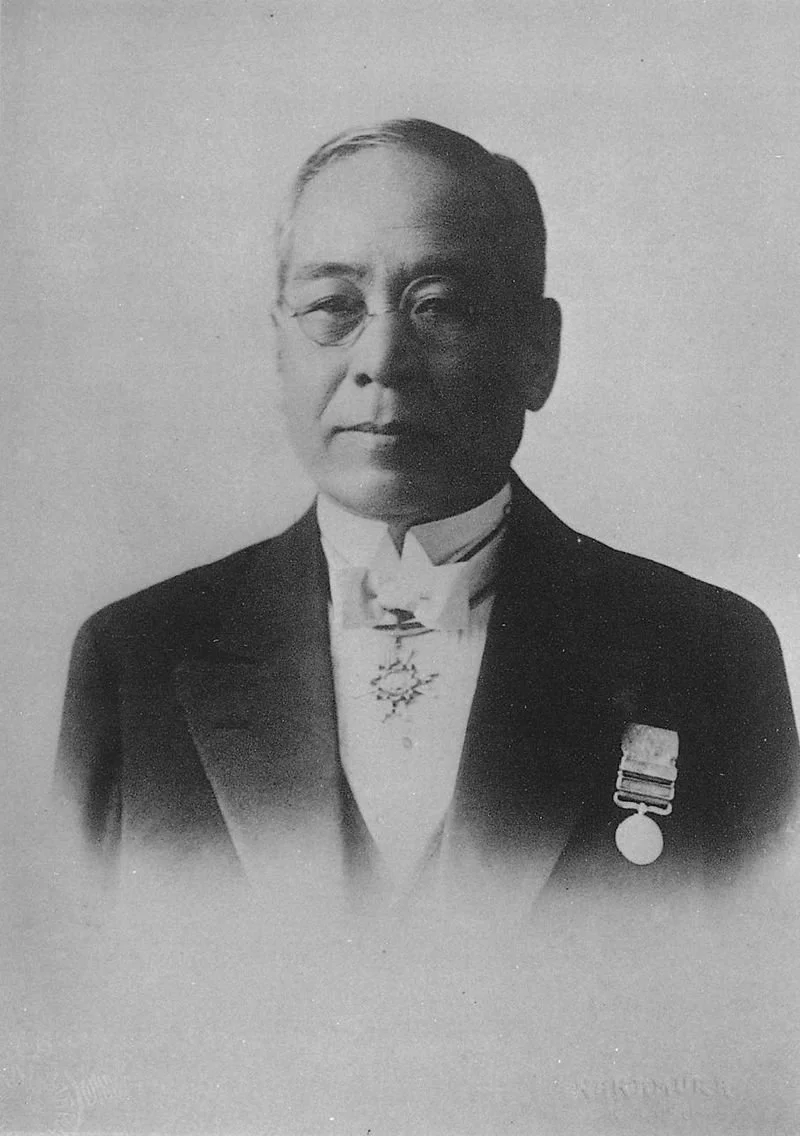The 5 Whys
A Designer’s Tool for More Empathetic User Experiences
Digging Deeper to Design Better
Great design isn’t just about aesthetics or functionality, it’s about solving the right problem. Too often, teams jump to solutions before fully understanding what’s really wrong.
This is where the 5 Whys method comes in.
Originally developed in lean manufacturing, the 5 Whys is a simple but powerful problem-solving technique that helps uncover the root cause of an issue. By repeatedly asking "why?", designers can move beyond surface-level assumptions and dig into the deeper frustrations, needs, and motivations of users.
When applied to UX and product design, the 5 Whys forces us to look past symptoms and uncover the real issues driving user behavior.
A Brief History of the 5 Whys
The 5 Whys method was developed in the 1950s by Sakichi Toyoda, the founder of Toyota Industries. It became a key component of Toyota’s production system, where it was used to diagnose manufacturing problems by tracing issues back to their root cause.
Toyota’s approach emphasized continuous improvement (Kaizen)—instead of applying quick fixes, they sought to eliminate the underlying causes of problems. The simplicity of the 5 Whys made it easy to apply, ensuring that teams solved the right problem rather than treating symptoms.
Applying the 5 Whys to Design
While originally used in manufacturing, the 5 Whys applies just as well to design thinking and UX research. It helps designers:
✔ Uncover hidden usability issues.
✔ Understand user frustrations on a deeper level.
✔ Prevent quick fixes that don’t address the real problem.
✔ Make more informed, user-centered design decisions.
By integrating the 5 Whys into user research, usability testing, and problem-solving sessions, design teams can create better experiences based on real user needs, not just assumptions.
How the 5 Whys Works for Designers
The process is simple: when faced with a user problem, ask “why?” five times (or as many times as needed) to get to the root cause.
Example: A user abandons the checkout process on an e-commerce site.
Why did they abandon the checkout process?
→ Because they got frustrated and left.
Why did they get frustrated?
→ Because they had to enter their shipping info again.
Why did they have to enter their shipping info again?
→ Because autofill wasn’t working.
Why wasn’t autofill working?
→ Because the form validation rejected their saved address format.
Why did the form reject their saved address format?
→ Because it wasn’t designed to handle variations in international addresses.
Root Cause
The checkout form wasn’t optimized for international users, creating friction that led to abandonment. The real issue wasn’t just "users are leaving the checkout"—it was a design flaw that could be fixed.
Why the 5 Whys Builds More Empathetic Design
Using the 5 Whys in design helps us:
✔ Avoid surface-level fixes that don’t solve the real problem.
✔ Uncover hidden pain points that might not be obvious in user testing.
✔ Design with empathy by truly understanding users' frustrations.
✔ Make informed design decisions that address the root cause, not just the symptom.
Many design teams rush to solutions without asking enough questions. But when we stop and dig deeper, we uncover more meaningful and lasting improvements.
Applying the 5 Whys in UX & Product Design
The 5 Whys method can be used across various design challenges:
1. Diagnosing Drop-offs in User Journeys
Problem: Users aren’t completing a key task (e.g., signing up, converting, or engaging).
✔ Instead of assuming it’s just a UI issue, ask why at each step of the process to uncover hidden friction points.
2. Identifying Pain Points in User Research
Problem: Users express frustration with a feature, but it’s unclear what the real issue is.
✔ Use the 5 Whys in interviews and usability testing to uncover underlying frustrations beyond what users initially describe.
3. Justifying Design Decisions to Stakeholders
Problem: Leadership questions why a design change is necessary.
✔ By presenting root-cause insights (not just symptoms), designers can make a stronger case for UX improvements.
Using the 5 Whys for Better Design
Don’t stop at the first answer. Ask why multiple times to uncover the real problem.
Avoid jumping straight to solutions. The first idea isn’t always the right one.
The root cause isn’t always what you expect. Many UX issues stem from hidden friction points in the user journey.
Empathy is built through understanding. The more we question, the better we can design for real user needs.
Great UX design isn’t just about what users do—it’s about why they do it. And the more we ask why, the better we can create experiences that truly meet their needs.

